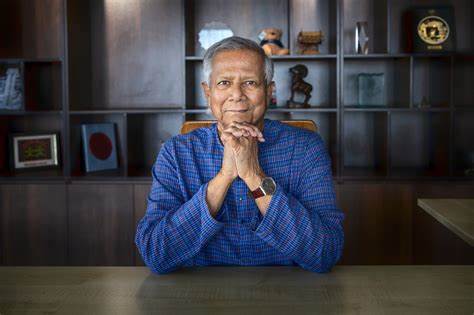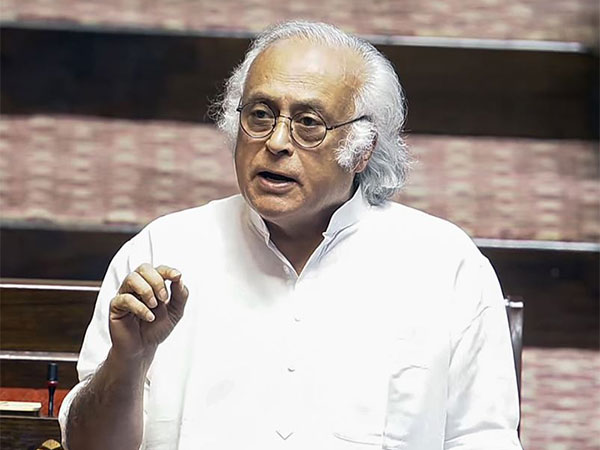Why Bangladesh’s Government Employee Uprising Could Reshape Its Political Landscape
What happens when the very backbone of a government—the civil servants—rise up in defiance? In Bangladesh, this isn’t a hypothetical. It’s reality. Bangladesh is currently witnessing a volatile moment. Government employees are staging large-scale protests, challenging the authority of the interim government. And in a rare escalation, SWAT units have been deployed to the very heart of administrative power—Dhaka’s Secretariat.
The civil servant uprising in Bangladesh, examining its roots, the government’s militarized response, and what this could mean for the country’s democratic institutions and political trajectory in 2025. The background of the unrest, the evolution of the protests, the government’s response, and the broader political implications for Bangladesh and the region.
How Partisan Bureaucracy Fueled Bangladesh’s Civil Service Uprising
The seeds of discontent in Bangladesh’s civil administration didn’t sprout overnight. The friction dates back to the polarizing rule of the Awami League and their legacy of administrative appointments.
Thousands of government officers were appointed or promoted during the Awami League’s tenure. With the new interim government taking the reins, many of these officials are seen as partisan holdovers—either obstructing the current administration or refusing to cooperate.
This tension escalated into visible conflict when students and injured activists stood in solidarity with civil employees, accusing top officials of widespread corruption. Public sentiment turned volatile, with chants demanding mass resignations from entrenched bureaucrats.
Dr. Yunus is now trying to control Govt. Employees‼️
— BANGLADESH CRISIS 🇧🇩 (@BDcrisis) May 27, 2025
🟢Dictator Regime finalised Govt. Service Amendment Ordinance unconstitutionally.
Now they could remove Employee, dismiss employment without cause.
🔴From Secretariat to other Offices, massive outrages are ongoing.@Iyervval pic.twitter.com/oafszsb3MG
The situation hit a boiling point when demonstrators began physically mobilizing near Dhaka’s Secretariat—Bangladesh’s administrative core. Their message was unambiguous: “Resign voluntarily or be removed by force.”
The Crisis Escalates from Protest to Confrontation
Frustrated by prolonged administrative gridlock and growing public anger, civil servants, joined by student groups and civic allies, escalated their dissent into direct action. What began as isolated demonstrations quickly grew into large-scale marches, coordinated sit-ins, and human chains across Dhaka. Youth groups leveraged digital media to galvanize nationwide attention, transforming the protests into a mass mobilization campaign that challenged the government’s authority head-on.
Md Yunus' the unelected dictator-like moves, like the Public Officer Act amendment, have sparked mass protests by civil servants in #Bangladesh
— Harry Minati (@harryminat1) May 27, 2025
Pushing anti-India rhetoric risked Bangladesh economy & historic ties with 🇮🇳
Step down & let democracy prevail #BangladeshProtests pic.twitter.com/JF6KLexZ3Y
At the heart of the movement lay a sharp rejection of certain bureaucrats—particularly secretaries and senior officials viewed as loyalists of the previous Awami League regime. These individuals, accused of resisting or outright defying the directives of the interim government, were portrayed by protesters as symbols of a corrupt and partisan system. Their refusal to cooperate deepened perceptions of internal sabotage, leading to policy paralysis and worsening the already fragile relationship between the government and its people.
In a dramatic and controversial response, the interim administration deployed SWAT forces to Dhaka’s Secretariat—the very nerve center of Bangladesh’s bureaucracy. This unprecedented militarization of a civilian space sent shockwaves through the public and political spheres. While officials justified the move as necessary to maintain order, critics lambasted it as an authoritarian overreach. Human rights groups condemned the deployment as a dangerous escalation, and opposition voices warned that it set a disturbing precedent for state violence against civil dissent. Far from calming the unrest, the SWAT intervention symbolized the state’s hardening stance—and pushed the nation into an even deeper political crisis.
A Bureaucratic Revolt That Could Reshape a Nation
Ongoing protests inside the Bangladesh Secretariat. Illegal Yunus regime attempted to sack all of these government employees and replace them with Islamists and jihadists. Bangladesh fights back against foreign mercenaries like Yunus and his key aides. pic.twitter.com/vQfp3oL9bI
— Salah Uddin Shoaib Choudhury (@salah_shoaib) May 27, 2025
Bangladesh’s ongoing civil servant protests are far more than a labor dispute—they are the physical embodiment of deep-seated political distrust, an urgent call for transparency, and a bold challenge to the entrenched power structures that have long defined the country’s administrative machinery. What began as a pushback against partisan bureaucrats has evolved into a nationwide reckoning, with implications reaching far beyond the Secretariat walls. In an era when bureaucratic neutrality is under fire across much of South Asia, Bangladesh now stands as a pivotal case study—a potential litmus test for how democratic governments navigate the tension between loyalty, legitimacy, and accountability.
The road ahead remains uncertain. Will the movement spark genuine reform, or descend into suppression and stalemate? Only time will answer. But one thing is undeniable: the protests have irrevocably changed the dynamics of power in Dhaka. The Secretariat—once a symbol of unquestioned state control—is now the epicenter of a struggle that could very well reshape the future of Bangladeshi democracy.





















